A North Wales cattle breeding farming couple have highlighted how data driven decision making is helping them make efficiencies and be more sustainable, whilst managing their carbon footprint and improving biodiversity across their land.
Located within the outskirts of Llanrwst is Moelogan Fawr, an upland beef and sheep enterprise, covering an area of 304 hectares (ha) – 751 acres (ac) that rises to 1500 feet (about 457.2 m). The farm is home to the Jones family, where wife and husband team Sian and Llion, as well as their three children Gwern (9), Beca (8) and Annie (2), look after 150 Stabiliser cattle and about 850 improved Welsh ewes. The farm has been in Sian’s family since 1972 and they are the third generation to farm here.
“Before taking over the farm here in 2018, we were farming on a small National Trust farm, a 40-acre holding. Llion worked on a dairy farm and I worked at the local authority as a surveyor as well. Starting here was a massive step for us, making farming our full time job but this is such an excellent opportunity for us and also our children,” said Sian.
The land here varies from improved and semi improved through to the upper reaches where an expanse of seminatural/ unimproved habitat is extensively grazed. Extensive tree planting, through a Glastir Woodland Creation grant in 2018 means that the farm now also includes 10 hectares (24.7 acres) of mixed broadleaf, newly planted woodland which extends the area covered by the existing woodland, increasing the habitat and in doing so increasing its resilience to environmental changes now and in the future. The woodland also improves the connectivity of habitat across the lower parts of Moelogan Fawr bolstering biodiversity on the farm.
Sian and Llion are keen to be as sustainable and efficient as possible and regularly record and measure their farm data, including carbon auditing. Working with HCC on their carbon audit, Sian and Llion took away tangible advice on how to lower their carbon footprint through for example increasing the sward variety in their grass, have eliminated fertilizer use on grazing land and only applying a minimal amount on silage ground and they are soil testing to further optimise nitrogen fertiliser applications – all of these things not only save them money by reducing inputs but are also beneficial for the environment. In their bid to reduce costs across the farm they also concentrate heavily on health and fertility of the herd.
“The information from the carbon audit and the biodiversity survey which we have worked with HCC on, has really inspired our decision making. For example, at the beginning we were just growing rye grass and then we started looking into the inclusion of herbal leys, and understanding what worked where. We’ve adjusted and put plantain into the mix and added the old grasses like Timothy and Cocksfoot in the mix too. On the lower ground we have herbal leys and they do really well there. It’s learning what works on which ground and how to best look after it. We don’t graze it too hard until it’s properly established and that helps too. These are just a few examples of how we are moving towards a healthier farm, healthier soils and a more efficient business,” adds Sian.
“We have a rigorous system and don’t keep cattle that don’t perform. Genetics and epigenetics also play a big part. We sell Stabiliser bulls and breeding females through a Stabiliser Cattle Company. Whatever we sell - if it’s in-calf heifers or bulls we want to ensure they perform as good as possible for other farms” explains Sian.
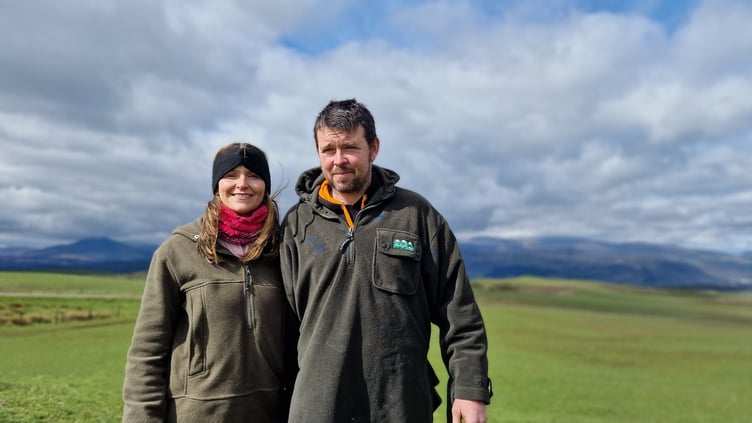
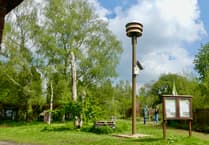
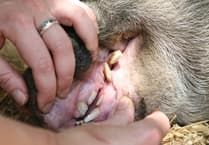
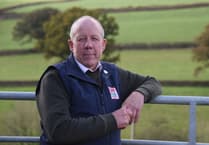
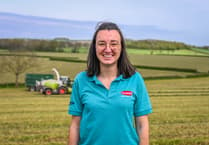
Comments
This article has no comments yet. Be the first to leave a comment.